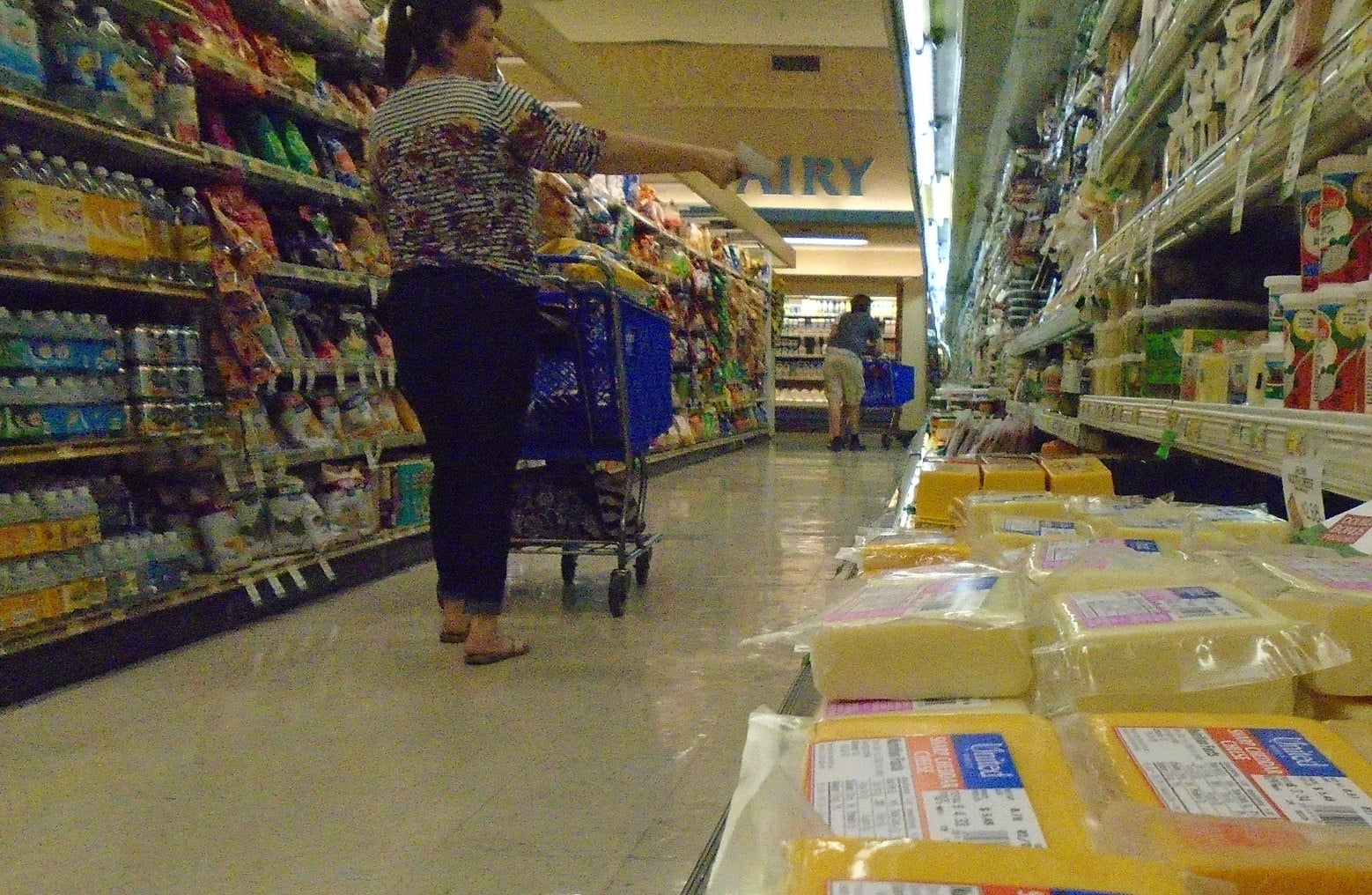
Some grocery brands are feeling optimistic that shoppers will stick with them through multiple rounds of price hikes. But it appears even some of their most loyal customers have their limits.
Several manufacturers in recent weeks have weighed in about the state of today’s grocery shopper. And it seems even more of us are shopping around and looking for the best prices on the products we want. And if we can’t get a good deal, we’re not necessarily trading down to a less-expensive alternative – we’re often just doing without.
So it’s a good thing that some brands are looking into offering more frequent promotions again.
A new report from NIQ (formerly known as NielsenIQ) notes that “U.S. households are making more frequent shopping trips to maintain their pantries,” but “the nature of those trips is evolving.” The market research company’s findings show that, in 58% of all grocery shopping trips, shoppers buy only one to three items, suggesting they’re getting exactly what they came for and nothing else. Altogether, shoppers are visiting twice as many different stores as they were a decade ago. They’re just not stocking up the way they used to, and shopping around for the things they are still buying.
Consumer packaged goods (CPG) companies like PepsiCo say they’ve noticed that, too. “We’re seeing consumers making some adjustments,” PepsiCo CEO Ramon Laguarta told investors last week. “We’re seeing consumers shopping in more stores than before. They’re looking for better deals.” Nonetheless, he’s feeling good about that, because it means deal-seekers are still buying, even when the deals aren’t as good as they used to be. “We’ve been able to raise prices and consumers stay within our brands,” Laguarta said.
ConAgra isn’t quite as optimistic. “One behavior shift we have heard about from consumers is just buying fewer items overall,” CEO Sean Connolly told his company’s investors last week. They’re not looking for cheaper alternatives, they’re just doing without. So it’s “more of a hunkering down than a trading down,” Connolly said.
So surely the solution is to offer more promotions, so ConAgra customers can shop around and find the best deals like PepsiCo’s customers? “In the current environment, with the consumer that is cutting back and making other choices, we probably are more likely to see some players resort to harder deals,” Connolly said. But “we don’t like those kinds of promotions,” he went on, because they “train the shopper to buy on deal.”
Fortunately for shoppers, other companies aren’t as averse to promotions. “We’re turning back on normal promotional activity,” McCormick & Co. Chief Operating Officer Brendan Foley told investors late last month. The spice company had held off on many promotions until supply caught up with demand. But “the supply issues we experienced last year are resolved,” he declared. And shoppers might be looking forward to some promotional prices, because, like many other companies, McCormick has raised its regular prices to keep up with inflation.
But “consumers are feeling the pinch from inflation” too, General Mills CEO Jeff Harmening told his own company’s investors last month. So his company, too, could start offering more sale prices to help offset higher regular prices. “We would expect that promotional frequency would increase a little bit,” he said, now that “our service levels are back” and supply chain issues have largely been resolved.
Whether it’s shopping around, buying less, looking for deals or doing without, “these trends have implications for CPG manufacturers as they consider how their product sales may be impacted by changing consumer behaviors,” NIQ concluded. But manufacturers’ “strategic responses could be very different.” Some are raising prices, some are offering more promotions, some are doing both and some may do neither. Ultimately, their actions could determine whether you end up saving more, spending more – or just shopping a whole lot more often, to get a whole lot less.
Image source: Classroom Camera










